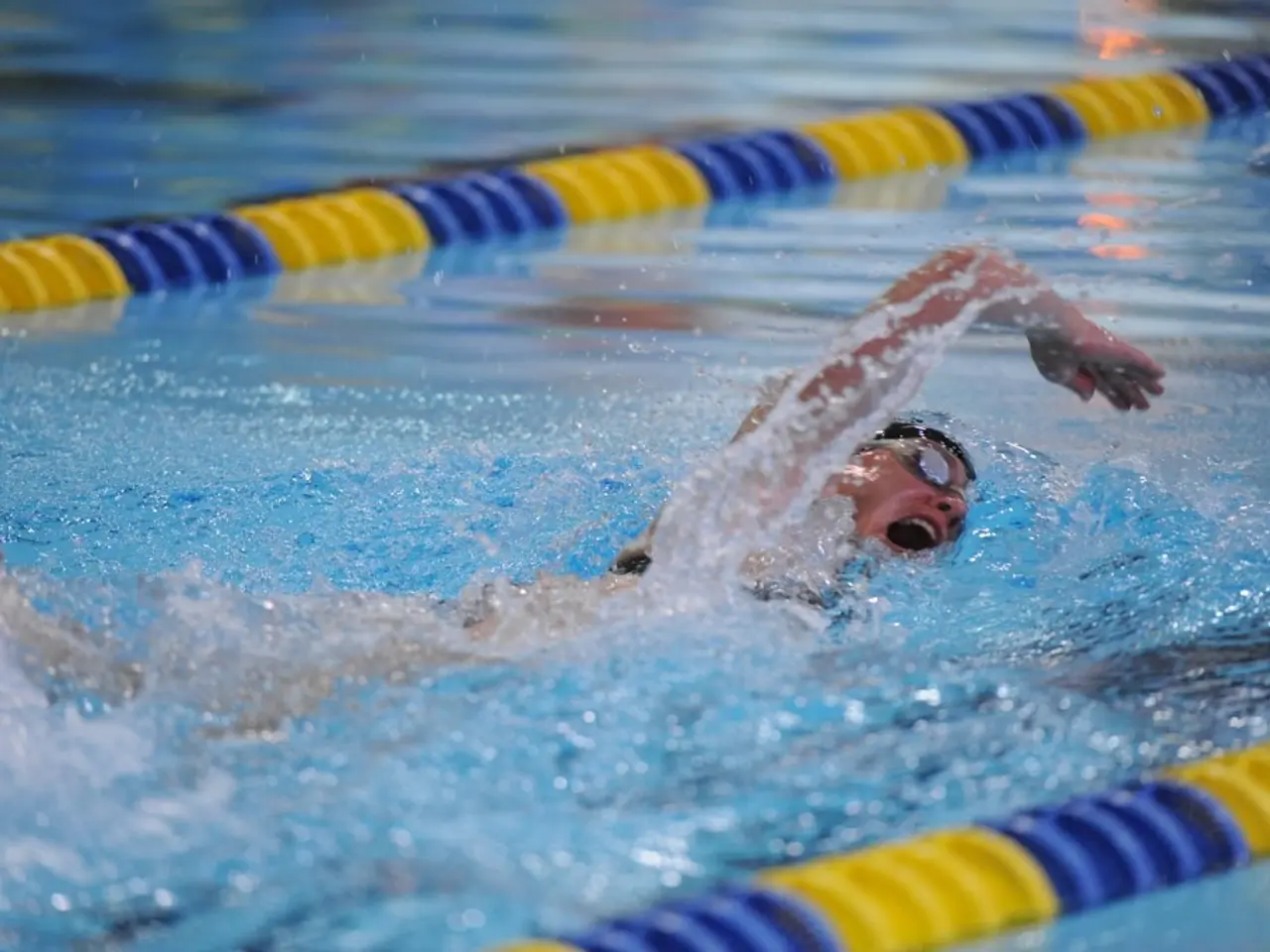Pharmacist discusses sea drowning timeline, regardless of swimming ability.
In a recent TikTok video, Pharmacist Fernández, a user who shares professional tips related to their profession, shed light on the risks of drowning in the sea for individuals who cannot swim.
The video, accessible only to TikTok subscribers, highlighted the potential dangers that come with sudden immersion in water without control. The massive release of adrenaline can lead to panic, causing almost immediate drowning.
The time it takes to drown in the sea varies widely based on factors such as swimming ability, water temperature, and the individual's state of panic. For non-swimmers, drowning can occur fairly quickly—potentially within a few minutes—once water obstructs the airway and panic sets in. For swimmers, if caught in hazardous conditions like rip currents, drowning can still happen quickly if they panic or exhaust themselves by swimming against strong currents.
Key factors influencing drowning time include water temperature, panic, rip currents, and swimming ability. Cold water can induce hypothermia and impair muscle function rapidly, reducing survival time. Hypothermia can onset within minutes in freezing water, reducing the ability to stay afloat and increasing the drowning risk. Panic leads to uncontrolled breathing and thrashing, accelerating water inhalation and exhaustion, thus shortening the time to drowning. Rip currents are strong, fast-moving narrow currents that pull swimmers away from shore at speeds up to 2.5 m/s (8.2 ft/s), faster than any human can swim. Even strong swimmers drown if they try to swim directly against the current and exhaust themselves.
Typical estimates suggest unconsciousness and drowning may occur within 2 to 4 minutes in water as a result of airway obstruction, with brain damage starting within 4 to 6 minutes without oxygen. However, survival times vary greatly with water conditions and individual response. In warm waters around 25 degrees, a swimmer could potentially last a whole day if they can remain calm and conserve energy.
Pharmacist Fernández emphasised that non-swimmers may drown in just a few minutes due to panic and inability to keep their airway clear, while swimmers may survive longer unless they panic or face overwhelming currents like rip tides, which are a common cause of drowning deaths in the sea.
The video was intended to educate and inform viewers about the dangers of participating in water activities without knowing how to swim. It was also aimed at raising awareness about the risk of drowning for non-swimmers when participating in activities like boating. The video was not an advertisement but rather a safety tip shared by a professional. It was part of a series where Pharmacist Fernández provides tips related to his profession on social media.
- Health-and-wellness tips shared on TikTok by Pharmacist Fernández highlighted the importance of learning to swim for avoiding respiratory-conditions related to drowning.
- Science evolution shows that therapies-and-treatments for mental-health issues have significantly improved over the past few decades, with fitness-and-exercise being crucial components.
- Medical-conditions, such as heart disease or diabetes, might require individuals to be particularly cautious when engaging in fitness-and-exercise or water activities, while seeking professional guidance to ensure safety.
- Artistic expressions, like paintings or music compositions, can serve as effective stress-relief mechanisms, being included in mental-health plans alongside traditional treatments and therapies.




